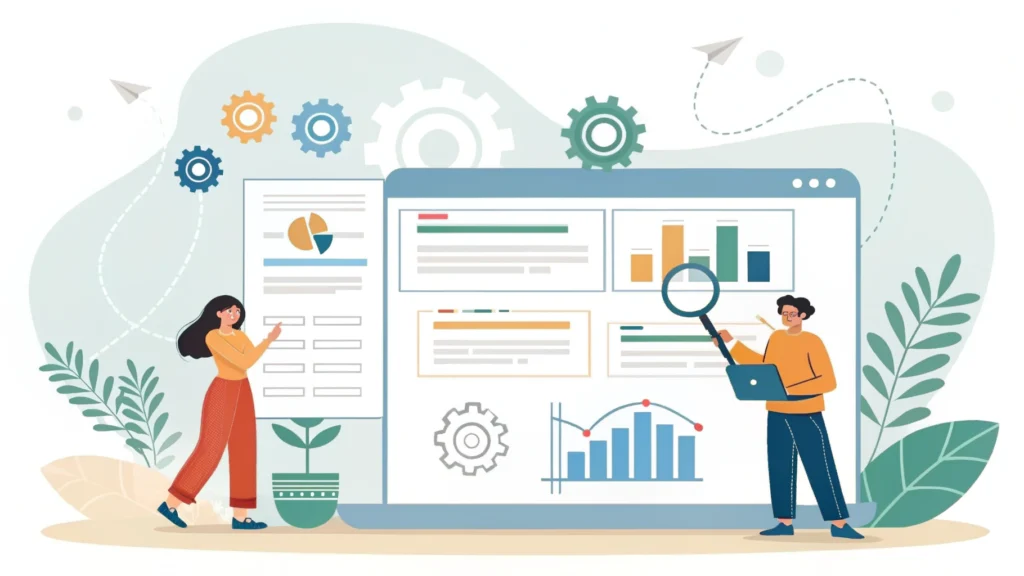Introduction to Web App Development
Web app development is the process of creating applications that are accessed via web browsers. As technology continues to evolve, understanding how to build a web app has become a vital skill for developers and tech enthusiasts alike. In this guide, we will cover the essential steps involved in the web app development process, useful tools, and best practices.
Step-by-Step Guide to Web App Development
Step 1: Planning Your Web App
The first step in web app development is planning. Define the purpose of your web app, identify your target audience, and outline the key features you want to include. Consider creating a project roadmap that includes timelines and milestones.
Step 2: Choose the Right Technology Stack
Selecting the right technology stack is crucial. Commonly used stacks include:
- MEAN Stack: MongoDB, Express.js, Angular, and Node.js
- MERN Stack: MongoDB, Express.js, React, and Node.js
- LAMP Stack: Linux, Apache, MySQL, and PHP
Consider your app’s requirements and choose a stack that aligns with your goals.
Step 3: Designing the User Interface
A user-friendly interface is essential for web apps. Use tools like the Button Generator to create intuitive buttons and elements. Focus on responsive design to ensure compatibility across devices.
Step 4: Development Phase
Start coding your web app using your chosen technology stack. Organize your code with an MVC (Model-View-Controller) architecture for better maintainability:
const express = require('express');
const app = express();
app.get('/', (req, res) => {
res.send('Hello World!');
});
app.listen(3000, () => {
console.log('Server is running on port 3000');
});
Step 5: Testing Your Web App
Testing is a critical phase in web app development. Conduct unit tests, integration tests, and user acceptance testing (UAT) to ensure your app is bug-free and performs as expected. Use tools like CSS Minifier and JS Minifier to optimize your code.
Step 6: Deployment
Once your web app has been thoroughly tested, it’s time to deploy it. Choose a hosting provider that meets your needs, such as AWS, Heroku, or DigitalOcean. Ensure you configure the necessary environment variables and settings.
Step 7: Post-Launch Maintenance
After deployment, continue to monitor your web app for performance issues and bugs. Regular updates and maintenance are essential for long-term success. Use the Meta Tag Generator to improve your app’s SEO visibility.
FAQs About Web App Development
What are the key components of a web app?
The key components include the front-end (user interface), back-end (server-side logic), database (data storage), and APIs (communication between front-end and back-end).
How long does it take to develop a web app?
The development time varies based on the complexity of the app, ranging from a few weeks to several months.
What skills do I need for web app development?
Essential skills include proficiency in programming languages (HTML, CSS, JavaScript), understanding of frameworks, database management, and familiarity with version control systems like Git.
Conclusion
Web app development is a rewarding journey that requires careful planning, execution, and ongoing maintenance. By following this step-by-step guide and utilizing the right tools, you can successfully create a web app that meets user needs and achieves your goals. For more tools and resources, check out WebToolsLab.
